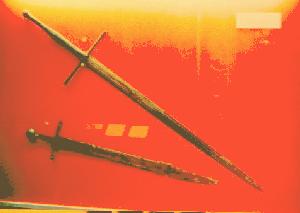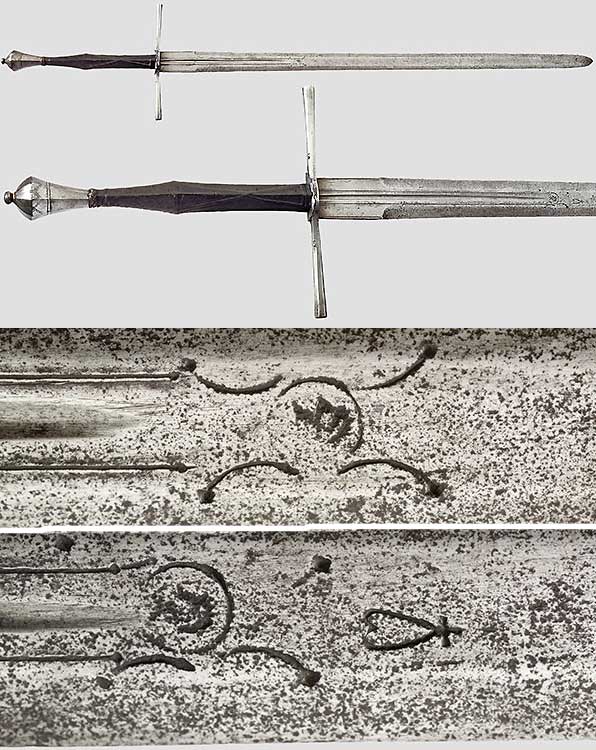I am particularly interested in XX.3 and XX.4 from Records. Oakeshott says that XX.4 has a blade identical with those in Glasgow and Norwich - and I assume that by Norwich he means XX.3.
I am trying to get a good idea of exactly how the fullering on XX.4 is done - I can see multiple fullers well down the blade, but I may be seeing things.
Gordon



